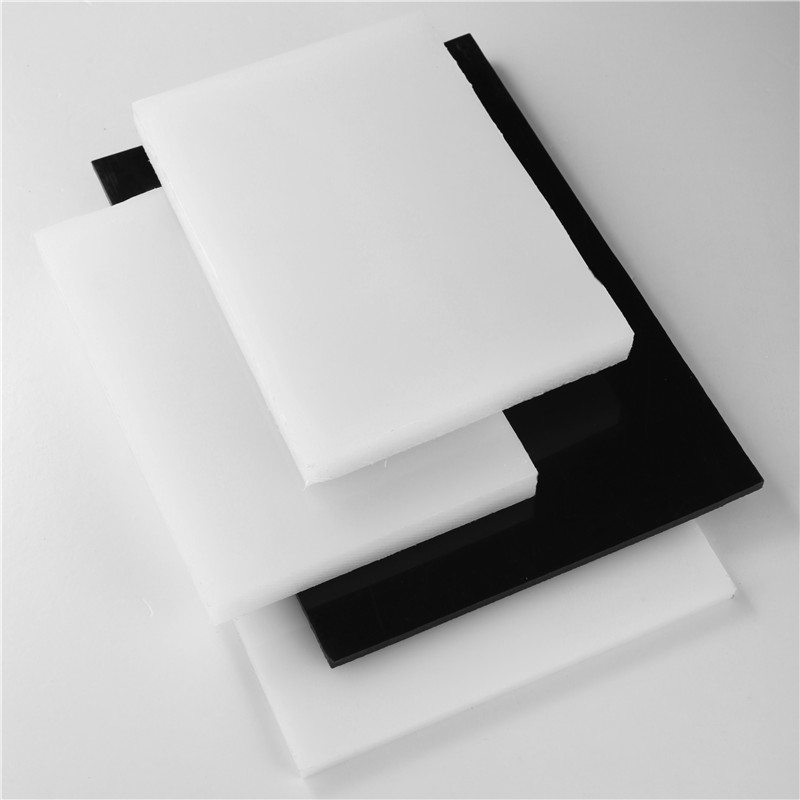Dec . 31, 2024 08:46 Back to list
hdpe pipes and fittings
Understanding HDPE Pipes and Fittings A Comprehensive Overview
High-Density Polyethylene (HDPE) pipes and fittings have become a popular choice in various industries due to their remarkable properties and advantages. This article aims to delve into the characteristics, benefits, applications, and installation practices associated with HDPE pipes and fittings.
What is HDPE?
High-Density Polyethylene (HDPE) is a thermoplastic polymer made from petroleum. It is characterized by its high strength-to-density ratio, which means it can withstand significant pressure while being lightweight. HDPE is commonly used in applications such as piping systems, plastic bottles, and various containers. Its resistance to impact, moisture, and chemicals makes it an ideal material for numerous industrial uses.
Characteristics of HDPE Pipes and Fittings
1. Durability One of the primary advantages of HDPE pipes is their exceptional durability. They can resist corrosion, wear, and tear over time, significantly reducing the need for frequent replacements.
2. Chemical Resistance HDPE is impervious to a wide range of chemicals, making it suitable for transporting various fluids. This property is especially beneficial in the chemical and waste management industries.
3. Flexibility Unlike traditional piping materials, HDPE pipes are flexible, allowing them to be installed in various configurations, which can be particularly advantageous in areas with challenging geological conditions.
4. Environmental Impact HDPE is recyclable, and its production process generally emits fewer greenhouse gases compared to other materials, contributing to a more sustainable approach in industrial applications.
5. Low Friction Coefficient The smooth interior surface of HDPE pipes ensures a lower friction coefficient, leading to higher flow rates and reduced energy consumption for pumping fluids.
Applications of HDPE Pipes and Fittings
HDPE pipes and fittings are utilized in a variety of sectors, including
- Water Supply and Distribution HDPE pipes are extensively used for potable water systems due to their non-toxic nature and resistance to corrosion. They help ensure that the water remains clean and safe for consumption.
hdpe pipes and fittings

- Agricultural Irrigation In agriculture, HDPE pipes facilitate efficient irrigation systems, allowing for effective water management and reducing wastage.
- Sewage and Drainage Their ability to resist chemicals and corrosion makes HDPE pipes ideal choices for sewage and drainage systems, ensuring longevity and reliability.
- Telecommunications HDPE is often used for underground conduit systems in telecommunications, providing pathways for cables without fear of damage from environmental conditions.
- Mining and Industrial Applications HDPE pipes are also employed in various mining operations and industrial processes where the transport of abrasive materials or chemicals is necessary.
Installation Practices
Installing HDPE pipes and fittings requires specific procedures to ensure performance and longevity. Here are some important considerations
1. Trenching Proper trenching is vital to avoid damage and ensure stability. The trench should be wide enough to accommodate fittings and joints without excessive stress on the pipes.
2. Joining Methods HDPE pipes can be connected using various methods, including butt fusion, electrofusion, and mechanical fittings. The choice of method depends on the application and site conditions.
3. Support and Backfill Providing adequate support and backfill material around the pipes is crucial for maintaining position and preventing sagging or deformation.
4. Pressure Testing After installation, pressure testing should be conducted to identify any leaks and ensure the system operates efficiently.
5. Regular Maintenance While HDPE pipes require minimal maintenance, regular inspections can help identify any potential issues early on, ensuring a long service life.
Conclusion
HDPE pipes and fittings have emerged as a leading alternative to traditional piping materials, offering benefits ranging from durability and chemical resistance to flexibility and environmental friendliness. Their wide variety of applications across different industries showcases their versatility and reliability. As the demand for efficient, sustainable solutions continues to grow, HDPE pipes stand out as a smart choice for future projects. Whether in water supply, agriculture, or industrial processes, their adoption is likely to expand, emphasizing the importance of understanding their properties and installation techniques.
-
Durable PP Rigid Sheet: Lightweight, Chemical Resistant Solutions
NewsAug.21,2025
-
PVC Grey Sheet for Extraction: Chemical Resistant & Durable
NewsAug.19,2025
-
Durable PVC Pipe Fittings for Plumbing & Irrigation Needs
NewsAug.18,2025
-
HDPE Steel Belt Reinforced Spiral Corrugated Pipe | High Strength
NewsAug.17,2025
-
HDPE Pipe Fittings: Durable, Leak-Proof Solutions
NewsAug.16,2025
-
Premium CPVC Sheet: High-Temp & Chemical Resistant Solutions
NewsAug.15,2025

